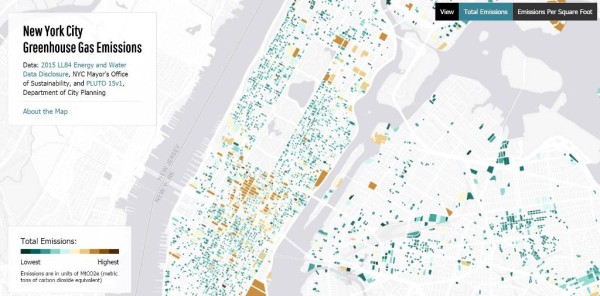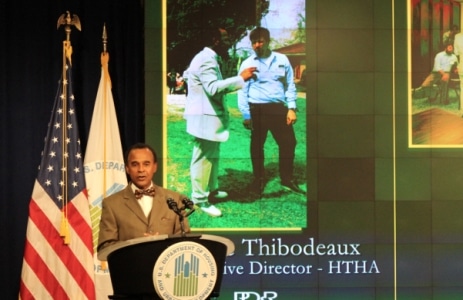There were 11 projects entered into this year’s CT Zero Energy Challenge, sponsored by EnergizeCT. The single- and multi-family homes taking part in this competition are designed and constructed utilizing innovative techniques in order to try and reach the illustrious goal of net-zero energy-use.
I’m excited to report that SWA worked with 4 of the homes entered into this year’s competition, including the first- and third-place winners! For each of the three winning projects, EnergizeCT has created a video to showcase the story behind the homes, and to highlight some of the most notable features.
Today’s video is about the first-place winner, a single-family home in South Glastonbury, CT, constructed by Glastonbury Housesmith. The owners, Carl Benker and Elizabeth Wegner are first-time homebuyers who wanted to be able to live as close to “off the grid” as possible. Check out SWA’s HERS-rater extraordinaire, Karla Donnelly, discussing the competition, and how this home came to achieve an amazing HERS Index Rating of a -23!
(Right-click and select “run this plug-in” if you cannot see the video below)
The project also won the 2015 RESNET Cross Border Challenge for lowest HERS score with photovoltaics (PV)!
You can read more information on SWA’s project here.




